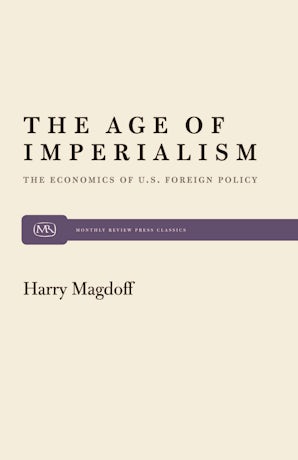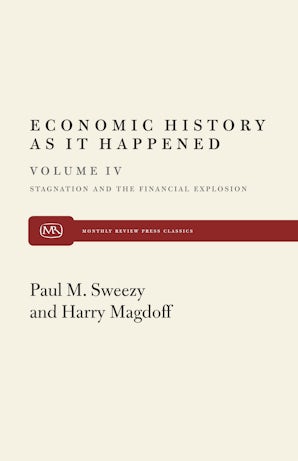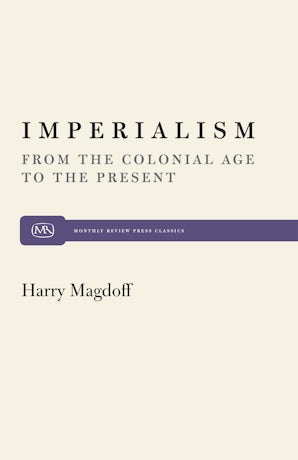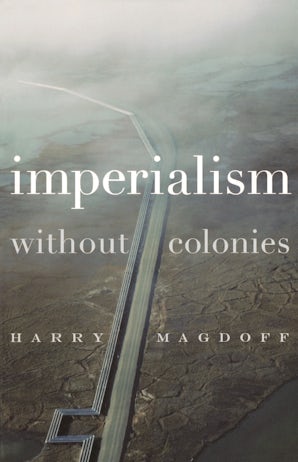Also in this issue
- The New Imperialism of Globalized Monopoly-Finance Capital: An Introduction
- Contemporary Imperialism
- Behind the Veil of Globalization
- Imperialism and the Transformation of Values into Prices
- Imperialism in the Era of Globalization
- Imperialism in the Twenty-First Century
- Imperialism and Anti-Imperialism in Africa
- Imperialism's Health Component
- Resisting the Imperial Order and Building an Alternative Future in Medicine and Public Health
- The Creation of the Next Imperialism: The Institutional Architecture
Books by Harry Magdoff
The Age of Imperialism
by Harry Magdoff
Stagnation and the Financial Explosion
by Harry Magdoff and Paul M. Sweezy
Imperialism
by Harry Magdoff
Deepening Crisis
by Harry Magdoff
Imperialism Without Colonies
by Harry Magdoff
Introduction by John Bellamy Foster
Article by Harry Magdoff
- Listen to the Ecologists!
- Socialism—A Time to Retreat? The Perspective of ‘Monthly Review’ at the Opening of the Twenty-First Century
- The Ecological Crisis of Capitalism and Human Survival
- The Political Tragedy of Capitalist Rule
- The Puzzle of Financialization
- End of Cold War Illusions
- Whither China? An Exchange from 2002Ð03
- A Note on the Communist Manifesto
- The Clock Slows Down






